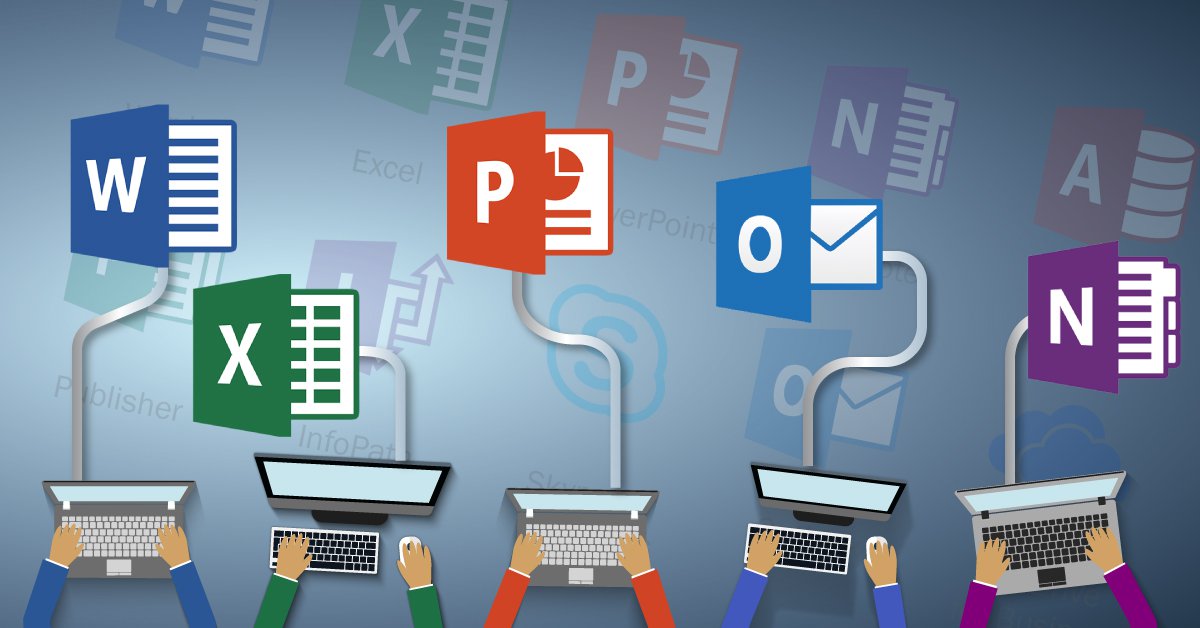Over the years, the concept of the 오피스타 has undergone significant transformations. From the traditional cubicle-filled layouts to contemporary open-plan designs, offices have adapted to reflect changing work cultures and technologies. Gone are the days of isolated workspaces; the focus now is on creating dynamic environments that foster communication and teamwork.
Functionality and Design: The functionality and design of an office play a pivotal role in shaping the work experience. Modern offices prioritize ergonomic furniture, natural lighting, and adaptable spaces that cater to various work styles. Collaborative areas, relaxation zones, and breakout spaces are integrated to encourage brainstorming sessions, informal discussions, and moments of respite, understanding the importance of work-life balance.
Technological Integration: Technological advancements have revolutionized the way offices operate. Smart offices equipped with state-of-the-art technology facilitate seamless communication, enhance efficiency, and streamline daily tasks. From video conferencing tools to cloud-based collaboration platforms, technology has become integral to modern office spaces, enabling remote work and connectivity across the globe.
Work Culture and Environment: Beyond its physical aspects, the office environment significantly influences the company’s culture. It serves as a hub where diverse talents converge, fostering a sense of belonging and camaraderie among employees. Companies now focus on cultivating inclusive and supportive environments that prioritize employee well-being and satisfaction, recognizing the correlation between a positive work environment and increased productivity.


